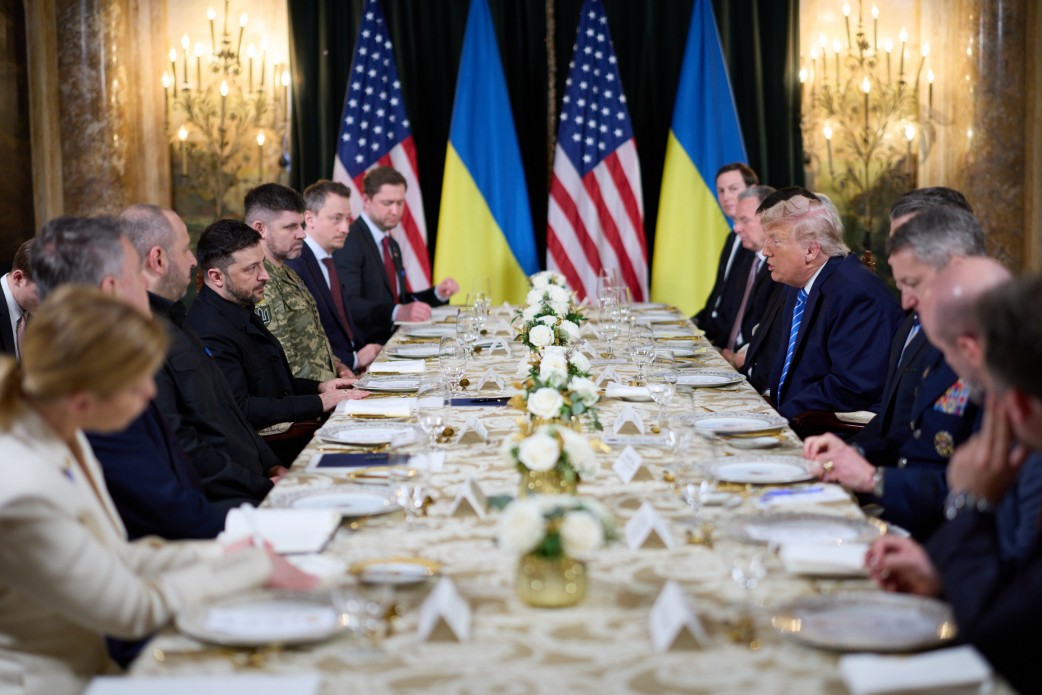Russian troops cannot conduct massive missile attacks on Ukraine more often than twice a month. The enemy has problems with stocks of high-precision missiles, so it reduces their use.
In an interview with RBC-Ukraine, the deputy head of the State Directorate of Intelligence, Vadym Skibitsky, told about this.
According to him, by the end of the year, the Russians could produce 20-30 Kalibr and X-101 cruise missiles each month, and the situation with the Iskanders is much worse.
"We know that the Russians intend to double the production of all these missiles. But their main obstacle is sanctions. These missiles contain a large proportion of foreign components. If the sanctions are followed, if there is strict control over them, then the enemy will not be able to implement these plans," says Skibitsky.
He pointed out that Russia is reducing the use of high-precision missiles during strikes and increasing the interval between strikes.
"After all, at first, in October of last year, the Russians carried out massive shelling once a week, then - once every 10-14 days, and now they cannot organize a shelling more than twice a month because it is necessary to have certain reserves," - gives an example Skibitsky.
The representative of the Main Directorate of Intelligence claims that the production of the Russian Federation does not allow to cover the amount that its air and space forces and naval forces produced earlier, and accordingly - to compensate for the reserves.
"We appeal to the international community to ensure proper control over compliance with the sanctions, blocking the channels of their circumvention, and applying measures against those countries that help Russia in this. These are the three areas with which it is necessary to work today to prevent the aggressor from increasing the production of high-precision weapons ", - stressed Skibitsky.
According to intelligence calculations, the Russians have 15% of the volumes left before the start of the war.
"We are talking about high-precision Iskanders, Kalibrs, Kh-101, Kh-555, Kinzhals, as well as Kh-22 missiles. However, if considered separately by type, for example, the stockpiles of Kalibrs, X-101 and X-555 make up even less than 10%," explains Skibitsky.
The representative of the Main Directorate of Intelligence says that, if we are guided by logic, then to break through our air defense, it is more effective for the enemy to carry out massive strikes.
"That is why they began to combine different types of missiles - starting with high-precision, old Kh-22, hypersonic Kinzhal and ending with anti-aircraft missiles S-300. In addition, the enemy began to use UAVs and various balloons more actively for distraction and reconnaissance of our air defense.", - says Skibitsky.
In conclusion, he added that Russia is currently unable to launch 90-110 high-precision cruise missiles in one attack, as it was before.
"That's why they are now accumulating and trying to deliver a massive strike, combining various means of attack - this is what they need to break through our anti-aircraft defense. But we are also accumulating our forces and means to have an effective air defense system, primarily of our ground group," - Skibitsky summarized.



















